-
15
Ever wondered how different school life can be in India as compared to the USA? On this page, we'll dive deep into the variances in the education systems, everyday routines, and cultural norms that shape the learning experiences of students in these two countries. As a father and an educator, I am privileged to share insights amassed from personal experiences and extensive research. Join me as we explore this fascinating topic and bridge the knowledge gap!
-
7
I've been racking my brains and, call me crazy, but I think India needs a Ministry of Happiness! Now, that's a ministry I'd vote for! Imagine this - an entire ministry dedicated to promoting joy, positivity, and well-being among the populace. From organizing laughter yoga sessions in parks to implementing policies for better work-life balance, the possibilities are endless! I mean, who wouldn't want a dedicated department focused on keeping our spirits high and our smiles wide, right?
-
28
Oh boy, let's dive into the spicy curry of truths about Indian marriages! First off, the idea of 'happily ever after' is often as mythical as a Bollywood dance number happening in your backyard. Arranged marriages still rule the roost and love sometimes is like a shy guest who arrives late to the party. Next, the big, fat Indian wedding isn't for the faint-hearted or thin-wallets, it's a high-budget, blockbuster event. Lastly, the kitchen politics can give any soap opera a run for its money - the mother-in-law and daughter-in-law tiffs are as traditional as the wedding rituals themselves!
-
22
In the past 50 years, India has seen significant changes, both positive and negative. On one hand, it has made considerable strides in fields like technology, healthcare, and education. However, it grapples with issues like corruption, pollution, and inequality. So, whether India is better or worse than 50 years ago honestly depends on one's perspective. It's a mixed bag of progress and persisting challenges.
-
19
Today, on World Environment Day, it's reported that Prime Minister Narendra Modi is set to launch the LiFE movement. This initiative stands for Lifestyle for Environment, and is aimed at encouraging sustainable and environmentally friendly lifestyle choices among the population of India. This launch is not just significant for India, but the entire world, as it promotes a greater emphasis on the importance of caring for our planet. I am personally excited to see how this movement will inspire individuals and communities to make greener choices in their day-to-day lives. Stay tuned for more updates on how this launch unfolds.
-
12
Living in a flat in India is an experience of community, convenience, and sometimes, compromise. With the growing urbanization, many Indians, especially in cities, reside in flats that are part of large housing societies. Life here is characterized by shared amenities, close-knit neighborhood relations, and an array of cultural festivities. However, it also involves dealing with space constraints, managing with limited privacy, and navigating through society rules. Yet, the sense of security and camaraderie often makes up for these challenges.
-
1
In earlier rulings, the Supreme Court emphasized the importance of government's role in upholding the fundamental rights of citizens and ensuring a fair balance of power. The Court also highlighted that the government should act as an unbiased mediator and create laws that are in the best interest of the public. Additionally, the Supreme Court stressed the necessity for transparency and accountability in government actions to maintain the integrity of the democratic system. Furthermore, the Court has reiterated the importance of adhering to constitutional principles and safeguarding the liberties of citizens. In essence, the Supreme Court has consistently reminded the government of its responsibilities and its obligation to serve the people fairly and justly.
-
13
Narendra Modi is the 14th and current Prime Minister of India. He assumed office on 26 May 2014, following the 2014 general election in which he led the Bharatiya Janata Party (BJP) to an overwhelming majority. Modi is the first prime minister outside of the Indian National Congress to win two consecutive terms with a full majority. An influential leader, he is credited with improving India's image abroad and with leading the nation in its fight against poverty, unemployment, and corruption. Modi has also been praised for his economic reforms and initiatives, such as the Make in India campaign and the Goods and Services Tax.
-
14
This article examines which Indian news channels are ranked as the best and worst. The criteria for being the best news channel includes impartiality, trustworthiness, and accuracy. The criteria for being the worst news channel includes sensationalism, biased reporting, and a lack of accurate information. The article concludes by stating that the best news channels are those that provide factual and impartial news coverage, while the worst news channels are those that focus on sensationalism and do not provide accurate information.
-
8
The Supreme Court of India has asked the Gujarat government to provide information about a number of hospital fires that have occurred in the state since 2017. The court has asked the government to explain what steps were taken to prevent further fires, and how the victims were compensated. The court also sought to know if there were any criminal proceedings initiated against those responsible for the fires. The court's directive follows a petition filed by a group of doctors and lawyers seeking an investigation into the fires. The petitioners allege that the Gujarat government had failed to take any serious steps to investigate and address the problem.

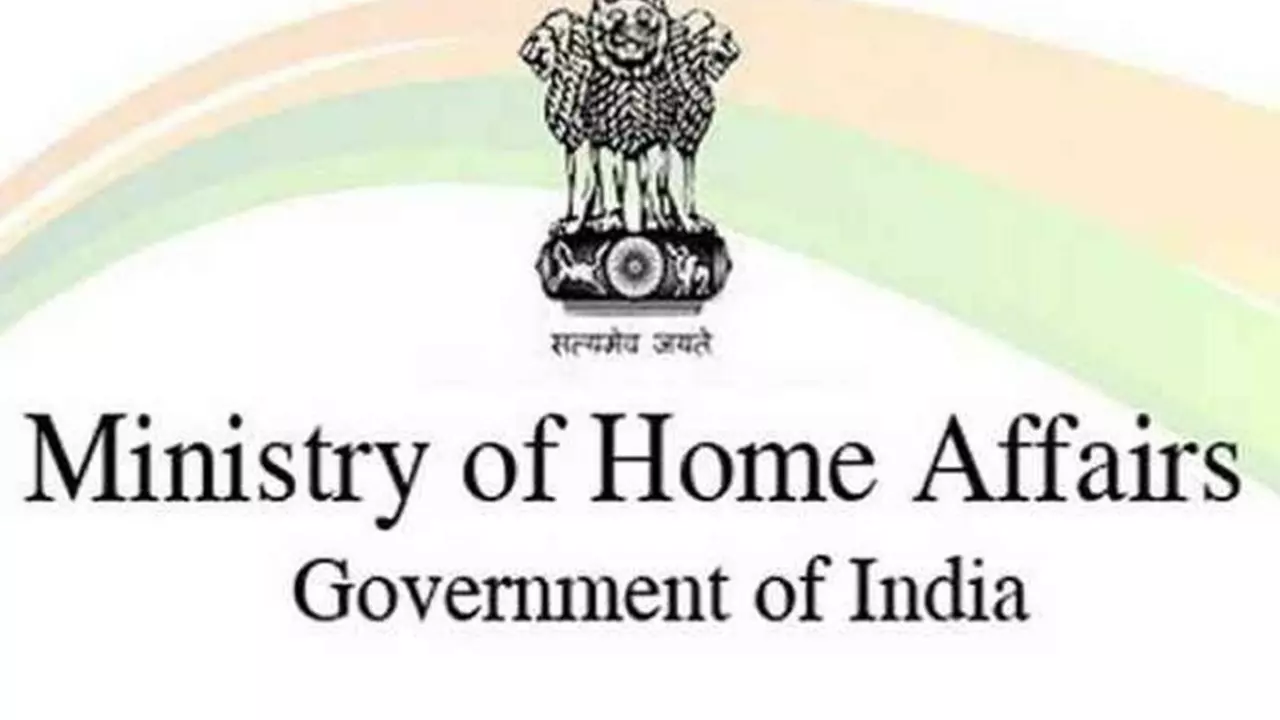
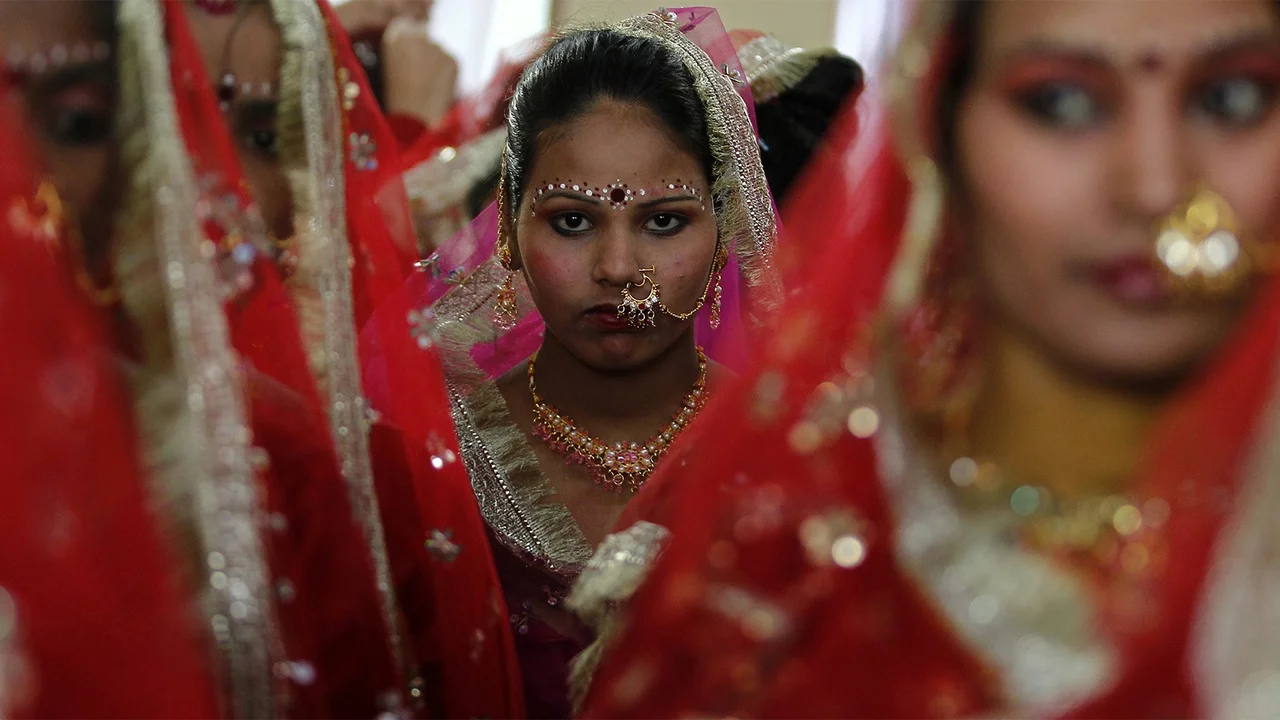

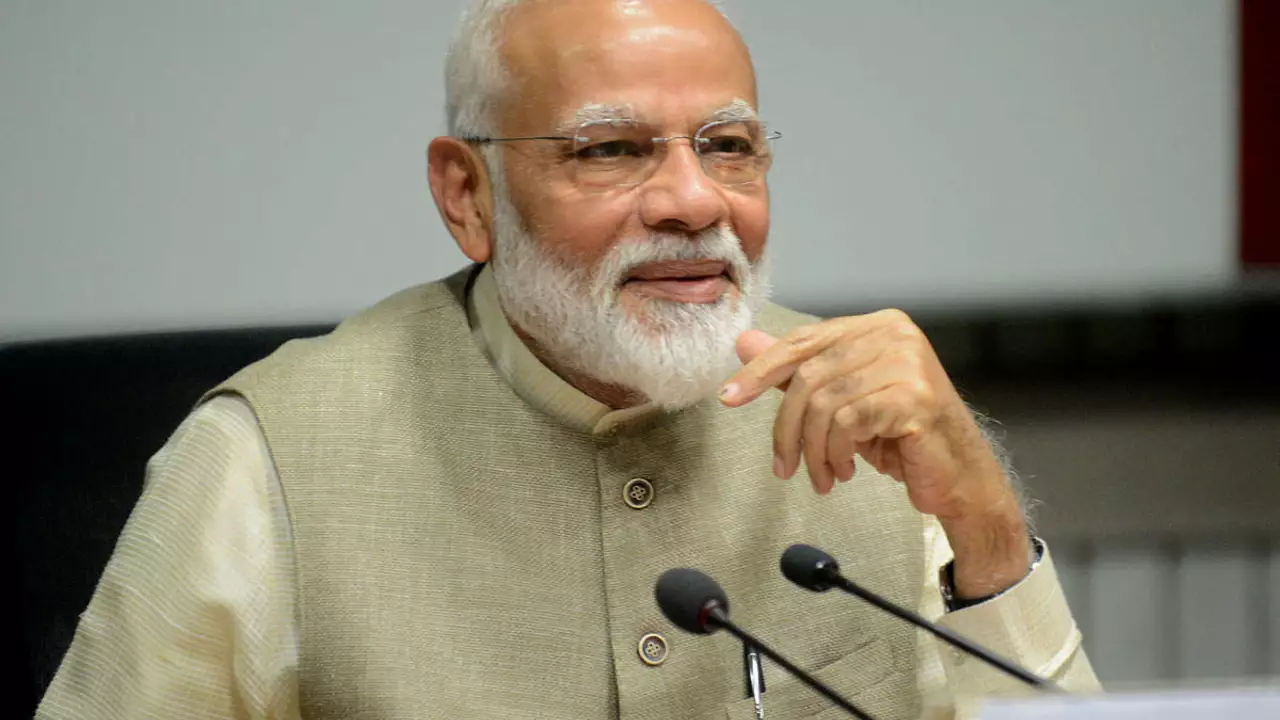
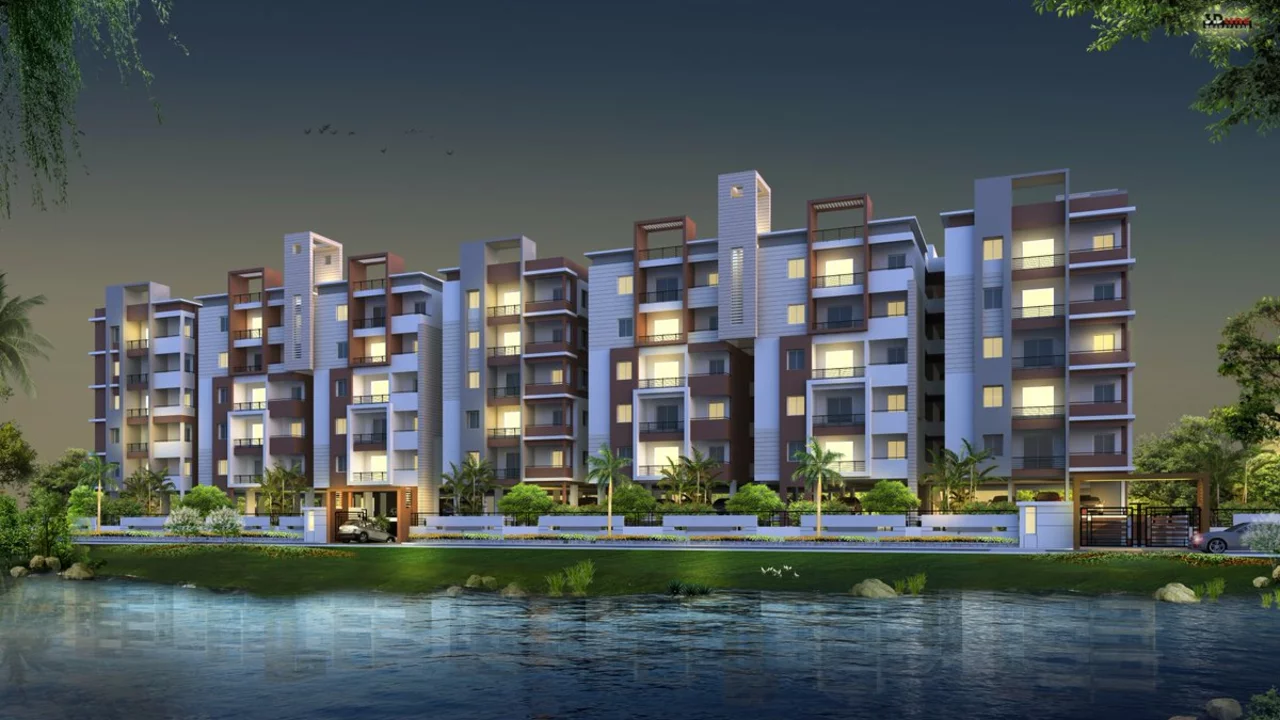
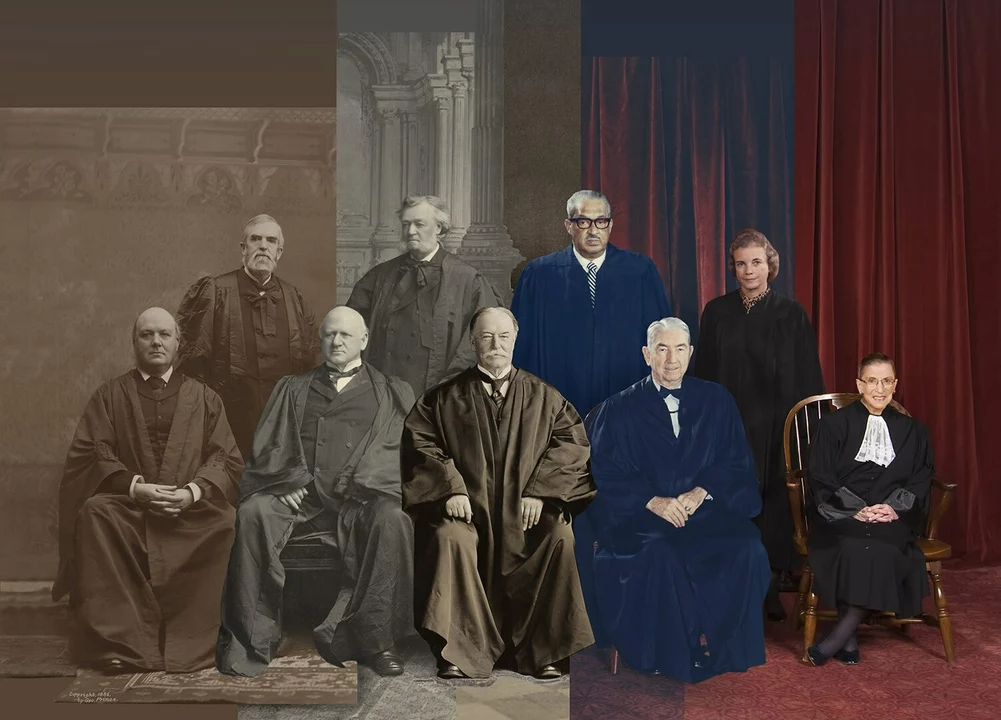
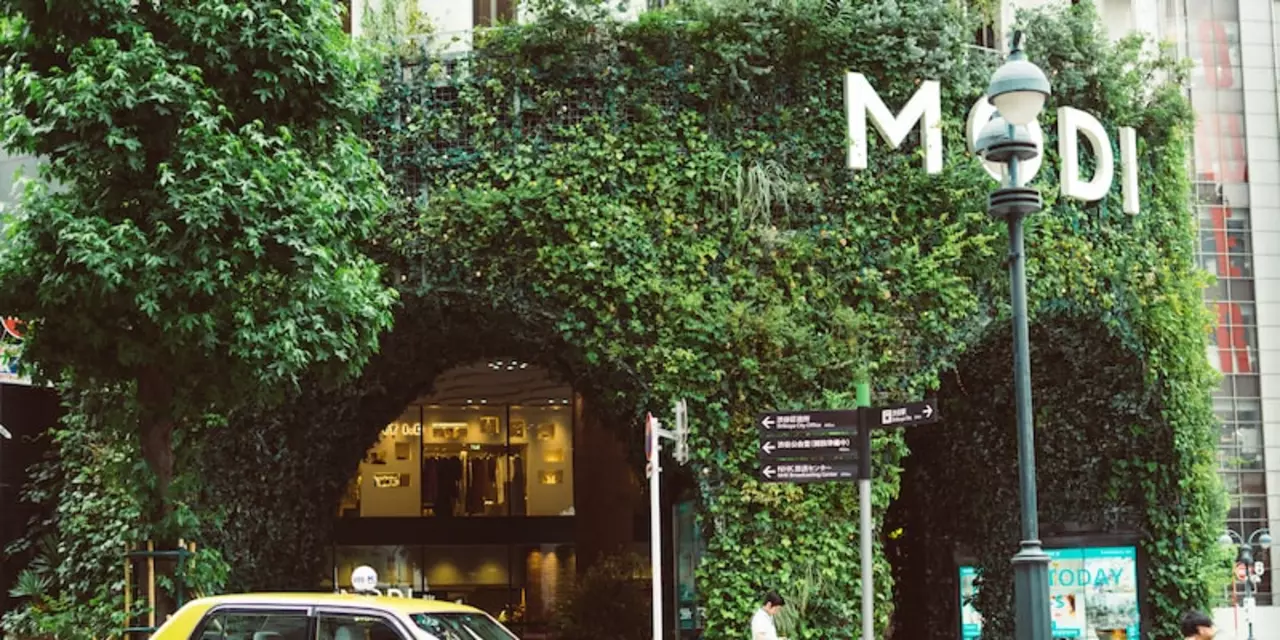

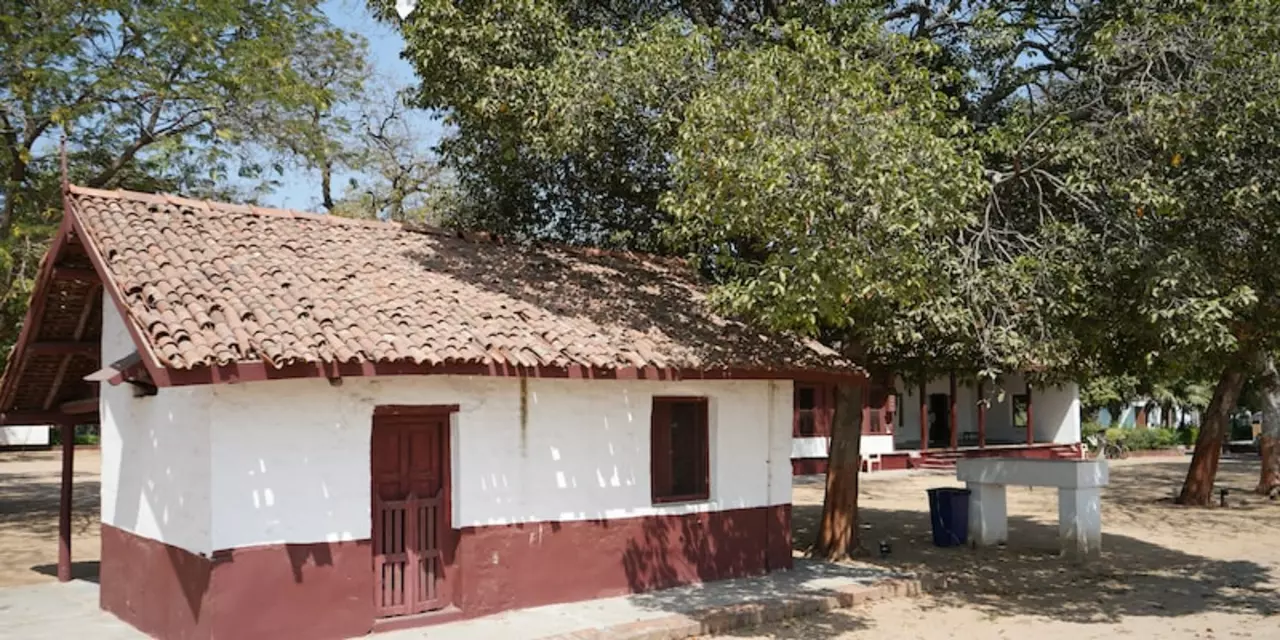
 Politics
Politics